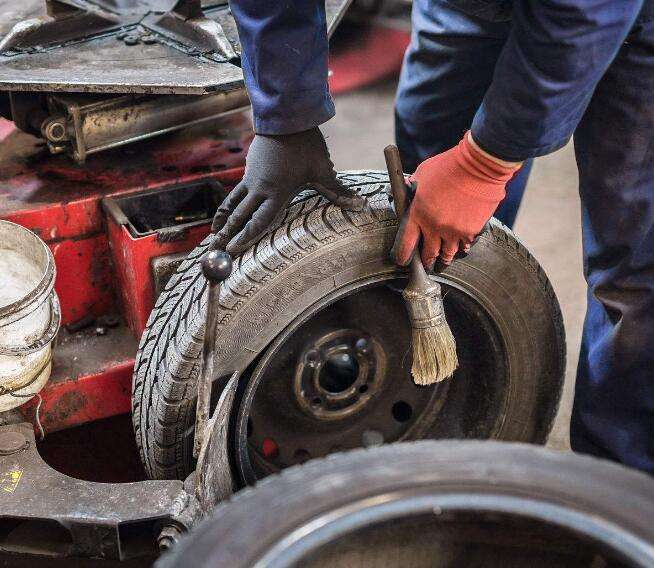
Not all flats are caused by punctures. Sometimes this problem can occur due to other issues that could have been prevented. To make sure that your tires are in good shape, you will need to assess them on a regular basis. This is what you should watch out for:
Soft or flat tires.
Possible causes of this problem are a puncture or an underinflated tire. If there are no signs of a puncture, check the air pressure. Add air to the tire until you reach the level suggested by the owner’s manual.
Unusual tread.
There are several causes of this issue:
If the tire shows excessive signs of wear on the sides, the problem is most likely caused by under-inflation. You can solve it by adding air to the tire. However, you should get it inspected by a professional to assess the damage dealt by under-inflation. A technician will also need to determine the cause of air loss.When a tire shows signs of wear in the center or all over its surface, the main reason is over-inflation. Reduce the air pressure to the recommended level.In case the wear is uneven, or the tire looks scalloped, the problem is caused by either over-inflation, or poor alignment. Check the pressure. If it’s within the normal limits, get your car to the service station to fix the alignment issues.If your tires develop sawtooth or feathered edges, you’ll need to correct the alignment. An authorized tire dealer should be able to do this quickly.Dips and cups on your tire are the signs of excessively worn parts. These issues may appear due to the wheels being imbalanced or extreme wear. Tires that develop this problem must be replaced.When you see the tread wear indicator bars, your tires will need to be replaced.Damaged sidewall.
Depending on the type of damage, your tire may not require any repairs or be beyond helping. If the “damage” you see is a small indentation, you shouldn’t worry as it’s a normal occurrence for radial tires. However, if you see a budge or bubble, the tire must be replaced as these are the signs of severe damage to the cords.
Handling issues.
Vibration is the most common handling issue, and it’s usually caused by poor alignment or balance discrepancies. These problems can also result in difficulties with steering.


